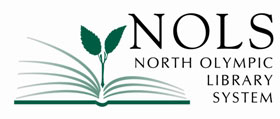Olympic National Park’s Perspectives Winter Speaker Series is hosted by NOLS and runs from January through April. The series is made possible through the work of Olympic National Park, the North Olympic Library System, Discover Your Northwest, and the Friends of Olympic National Park.
Winter Perspectives Talks 2025
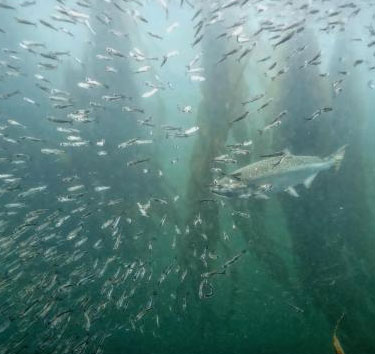
Photo by Dave Parks and CWI
January 14
The Dynamics of Kelp Forests, Forage Fish, and Salmon
Learn about the Peninsula’s beautiful, complex kelp forest ecosystems.
Kelp forests, salmon, and forage fish are foundational, dynamic, and tightly intertwined components of northeast Pacific coastal ecosystems. The Coastal Watershed Institute has spent decades researching various aspects of our kelp forests. In this presentation, Ms. Annabelle ByrneStrong and Dr. Anne Shaffer will share highlights of decades of novel research to understand the interconnected ecosystem functions of Washington kelp forests, how salmon and forage fish utilize them, and the critical actions needed to preserve and restore these wild cold water systems.
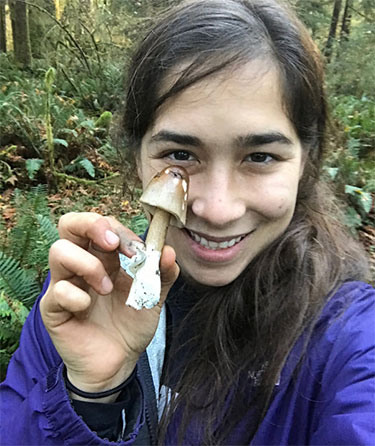
February 11
Canopy Soils in Pacific Northwest Rainforests
Learn how canopy soils contribute to old-growth tree resiliency and ecosystem function.
Don’t forget to look up! Canopy soils occur on tree branches throughout the temperate rainforests of the Pacific Northwest Coast and are recognized as a defining characteristic of these ecosystems. Certain tree species extend roots from their branches into these canopy soil environments. Yet, research on canopy root-associated fungi remains limited. Our study used microscopy to compare fungal colonization intensity between canopy and forest floor roots of old growth bigleaf maple trees. Then, we explored the spatial and seasonal variation of root-associated fungal diversity between the two soil environments.
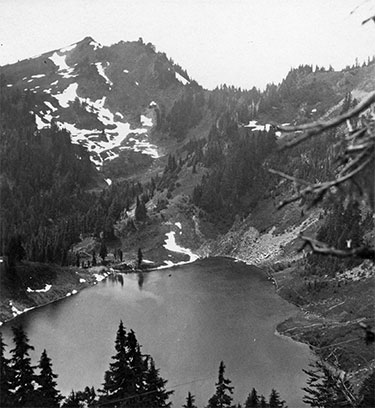
March 11
Changing Winter Conditions on Olympic Mountain Lakes
Learn about decreasing ice cover and profound changes to mountain lakes.
Mountain lakes are ecologically important and charismatic features of the high country of the national parks of the North Coast and Cascades Network (Olympic, Mount Rainier, North Cascades). These lakes are ice-free approximately 5 months of the year. The remainder of the year they are locked under a thick blanket of ice and snow that limits the amount of light, atmospheric gas exchange, nutrient dynamics, and the pace of biological activity. As the global climate changes due to warming, the duration of winter ice cover is expected to decrease with potentially profound changes to these fragile ecosystems.
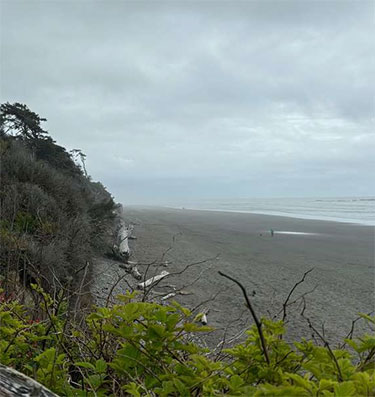
April 8
Coastal Bluff Erosion at Kalaloch
Learn about new research from photo monitoring stations.
The shoreline at Kalaloch is a broad, sandy, bluff-backed beach at the southern end of the coastal strip in Olympic National Park. The location of this distinctive notable shoreline along the coastal Highway 101 corridor, as well as its proximity to the popular Kalaloch Lodge and associated cabins and campground, make it one of the more valuable beach access points on the coast. The coastal bluffs at Kalaloch have been eroding at various rates since at least since 1974 based on available analyses of the site.

